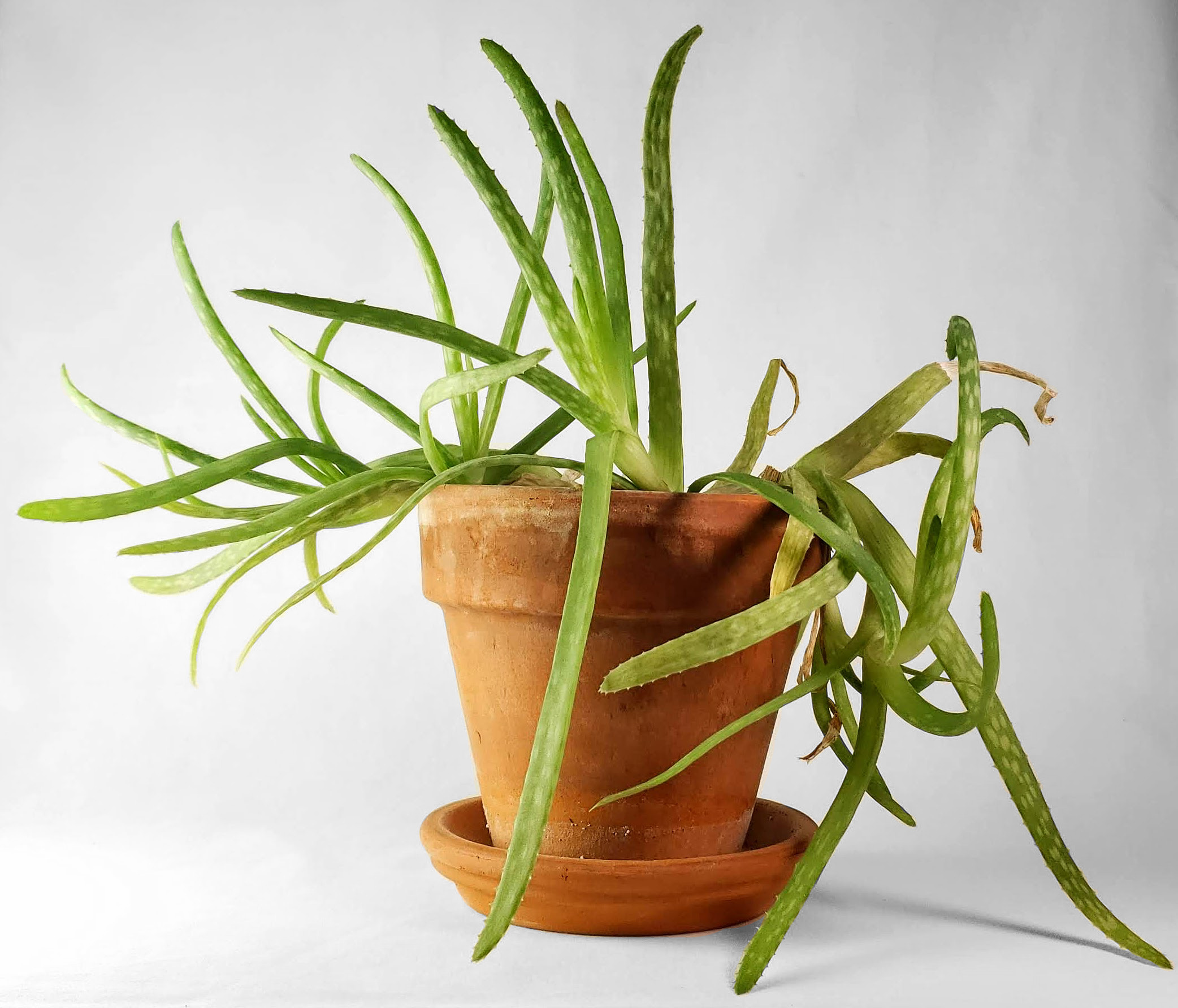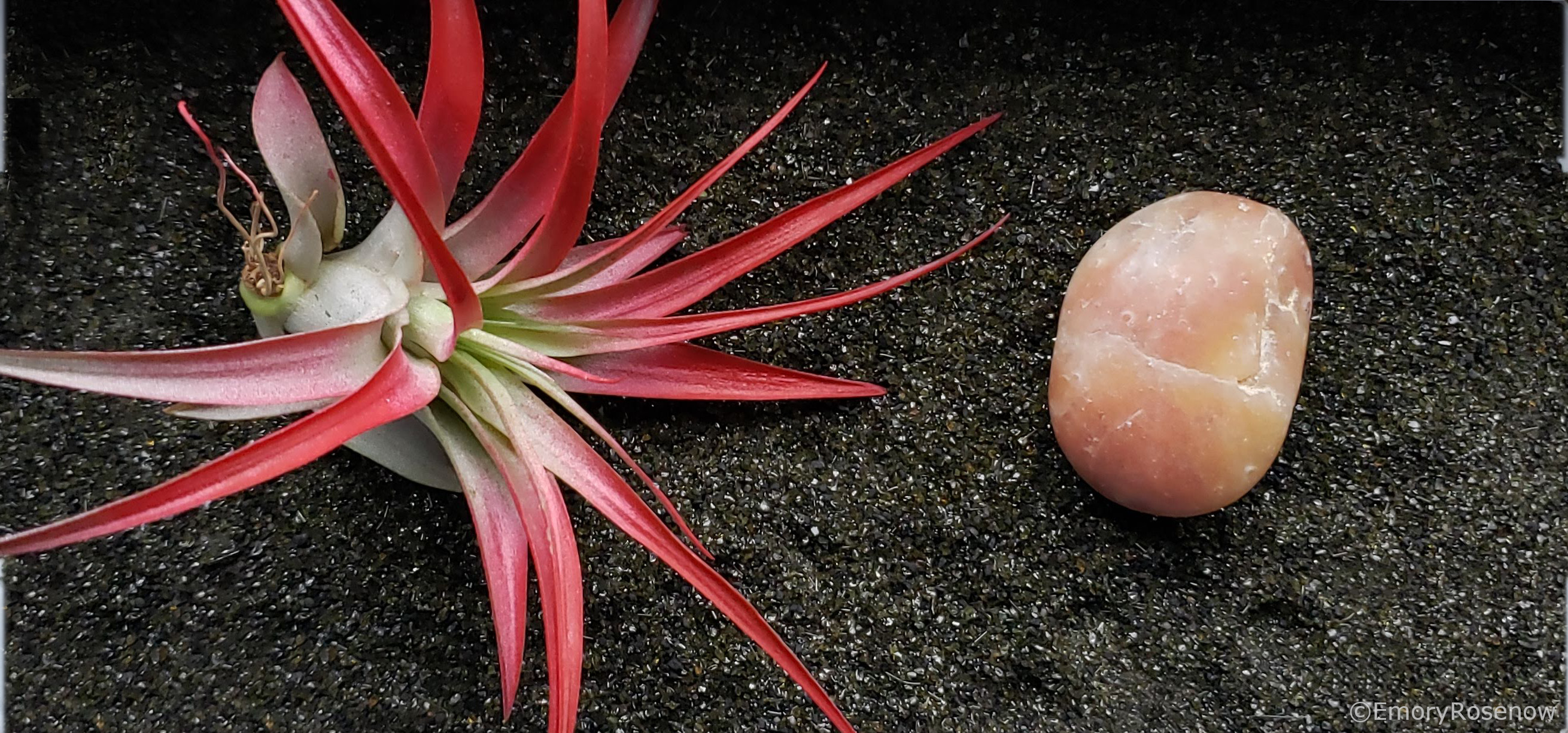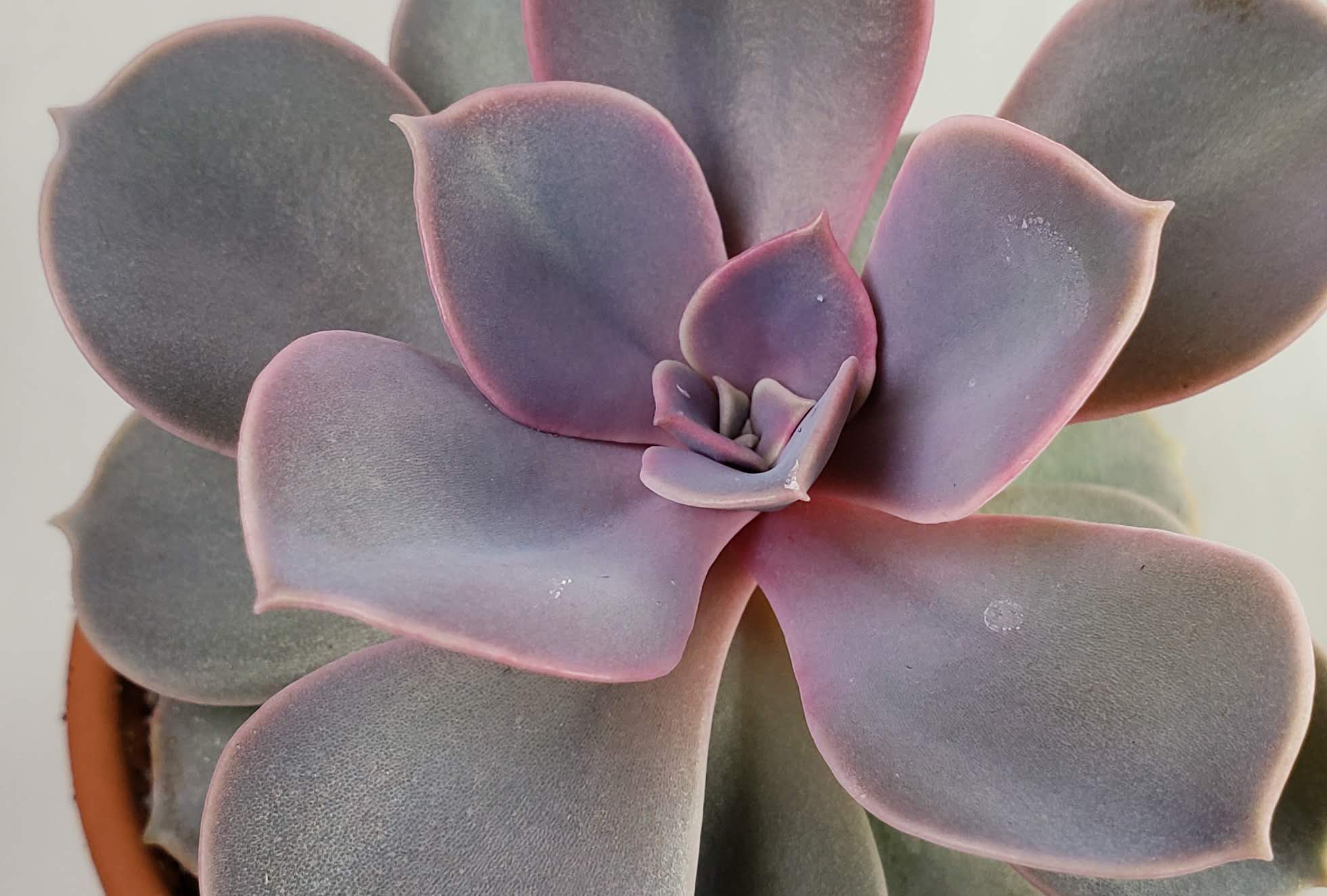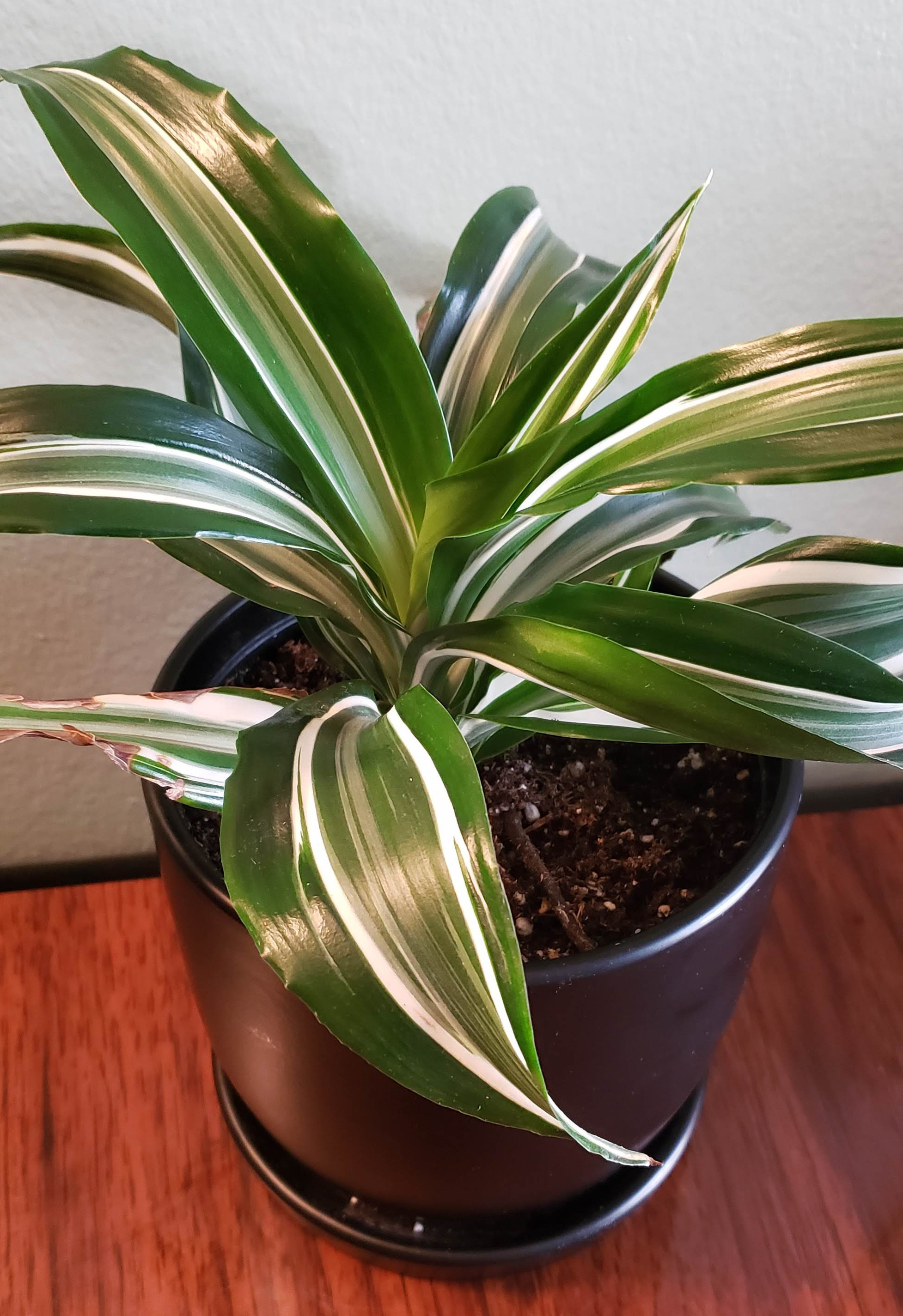Meet the mighty Aloe vera: the plant you might need most after my latest rehearsal etiquette installment. This is a series of plant profiles based on the houseplants in my collection. For each, I’ll take you through some basic plant facts and care information (jump to) based on my research and personal experience!
My aloe don’t have individual names, because they keep making babies faster than I care to come up with names. Instead I call them the Aloe Collective and… well, ignore them a lot. Right now they aren’t the healthiest lot of aloe in the world, but they’re all still alive! Small victories!
The Science Stuff
In my definitely expert opinion, Aloe vera suffers from a condition called Being Way Too Popular For Way Too Long. Scientific info for this plant is kind of a mess, owing to a long history of cultivation around the world. It used to be called Aloe barbadensis, and is still sometimes called that today despite no longer being the official designation. The Plant List has several more names for Aloe vera, all referring to the same plant (probably).
Aloe vera is probably from Northern Africa and/or the Arabian Peninsula, but thanks to human activity it has been naturalized to not just other parts of Africa (including islands like the Canaries and Cape Verde) and the Mediterranean region, but also equatorial areas of the Americas, Australia, and China. The spotted form is called Aloe vera var. Chinensis, supposedly descended from the cultivars introduced to China in the 17th century.
Aloe vera is credited with an incredible number of uses that I don’t care about, so you can look elsewhere for those. The important part of the plant is the clear gel inside the leaves. The outer skin of the leaf contains a laxative, and might be carcinogenic. Miracle cure away, you hippies!
Aloe vera is toxic if ingested.
The Aloe Vera Collective
My aloe are descended from a plant that my Grandma gave me. They’re all still in a juvenile stage, and seem content to stay that way. This is common for aloe grown indoors. I currently have about a dozen pots of aloe, so naturally I use them to experiment with different growth conditions.

Care
This is a good choice for inattentive plant parents. I haven’t killed an aloe yet, so you can trust me!
- Water: Aloe are succulents, which means they don’t need a ton of water. For perspective, I have gone months between waterings and, while they don’t thrive, they do survive. For a more reasonable watering schedule, wait until the soil dries out, then water thoroughly. Don’t leave them sitting in water, or their already puny roots will rot right away.
- Light: While these guys are supposed to be sun lovers, I haven’t had any success with keeping mine in full sun. Right now they are in medium to low indirect light, and I’m working on transitioning some to brighter indirect/part sun. They are etiolated, but not too much more than juvenile aloe are in general.

- Temperature: Keep your aloe around room temperature (70-80°F/21-27°C). They are not cold hardy, so don’t leave them outside if it’s below 50°F/10°C. However, they also will struggle if it gets too hot, so don’t stick them in the oven or in full sun in July.
- Humidity: Aloe are (probably) native to more arid regions, so humidity need not apply.
- Food: Aloe have very little food requirements. Feeding them twice a year will be plenty.
- Container: You definitely want to get a terra cotta or unglazed ceramic pot for these babies. They have a shallow root system (if you can call it that), so a pot as deep as it is wide is a good choice. Use a well-draining potting soil; I have one of mine potted in pure perlite, and it looks quite dapper if I do say so myself.

My Thoughts:
Aloe vera are easy-care houseplants that might have some health benefits (I would suggest keeping it topical, unless you’re feeling constipated). Getting them out of the juvenile stage can be tricky in my opinion, and they like to send out pups, but keeping them alive shouldn’t be too tricky!




